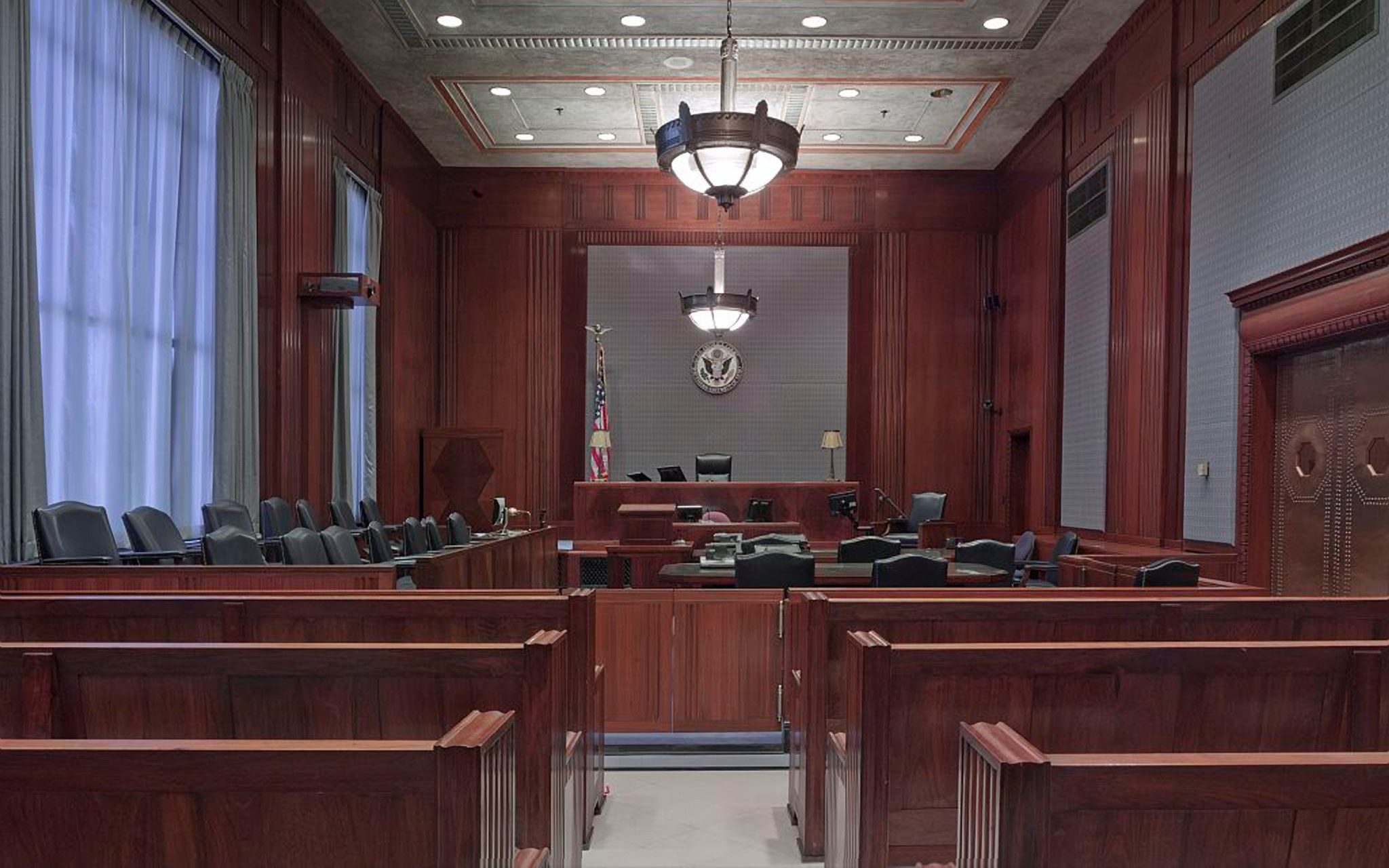The third Atonement Motif I’ll be looking at is the Satisfaction Model. Some call it Penal Substitution. In its simplest form, the idea confirms humanity’s sinfulness and requirement for God’s intervention. A debt was owed, and it was God who paid the debt.
“For all have sinned and fall short of the glory of God.”
Romans 3:23 ESV.
A great way to visualise this model is within a judicial setting. Imagine you enter a courtroom. You stand before a judge, and after pleading your case, the jury declares you guilty. The judge provides the sentence; it’s more than you could ever repay or complete. You look down dismayed. But in a moment of grace, the judge steps down and pays your debt.

Perhaps the most essential piece of this discussion is the idea of propitiation. In the book of Romans, the Apostle Paul said the following:
“23 For all have sinned and fall short of the glory of God, 24 and are justified by his grace as a gift, through the redemption that is in Christ Jesus, 25 whom God put forward as a propitiation by his blood, to be received by faith. This was to show God’s righteousness, because in his divine forbearance he had passed over former sins. 26 It was to show his righteousness at the present time, so that he might be just and the justifier of the one who has faith in Jesus.”
Romans 3:23-26 ESV.
So, what is propitiation?
This idea of propitiation refers to the appeasement of God. It talks about how God’s wrath is appeased through the Incarnation of Jesus Christ. In the previous covenant, appeasement occurred through the spilling of innocent blood, which was sprinkled upon the place where God’s spirit dwelt.
It goes back to the Hebrew practice called The Day of Atonement. The account can be found in Leviticus 16.
The Day of Atonement was the only day the High Priest could enter the Holy of Holies within God’s Temple (or Tabernacle pre-Temple). God’s presence dwelt within this space, in the appearance of a cloud above the mercy seat (Lev. 16:2 ESV). This mercy seat is the cover of the Ark of the Covenant.

Credit: © David A. Falk
During the Day of Atonement practices, the High Priest sprinkled innocent blood upon the mercy seat. This blood came from two animals (two separate sacrifices). The first was a bull, which covered the sins of the High Priest and their household. The second was a goat, which covered the people’s sins – the nation of Israel.
Returning to Jesus, the idea of Him being the propitiation for humanity’s sins infers that Jesus provides appeasement to God on our behalf.
In the passage from Romans earlier, we read the following:
“23 For all have sinned and fall short of the glory of God, 24 and are justified by his grace as a gift, through the redemption that is in Christ Jesus, 25 whom God put forward as a propitiation by his blood, to be received by faith. This was to show God’s righteousness, because in his divine forbearance he had passed over former sins. 26 It was to show his righteousness at the present time, so that he might be just and the justifier of the one who has faith in Jesus.”
Romans 3:23-26 ESV.
Through the Incarnation of Jesus, God was able to uphold his righteousness and character revealed to us through the Old Testament. Jesus fulfilled the Old Testament law. But through Christ, He also provided our justification, the ability to receive sanctification and salvation through faith in Jesus. As we trust in Christ, He provides the appeasement for the just wrath of God. And as such, we are restored to peace with God.
In the imagery of the courtroom, we find ourselves before God. We find ourselves guilty, incapable of making restitution. But to uphold His righteousness and the law, the judge steps down (through His Son) and pays the debt. We can choose to accept this act of reconciliation or not.
“He is the propitiation for our sins, and not for ours only but also for the sins of the whole world.”
1 John 2:2 ESV.
Will you accept peace with God?


Leave a Reply